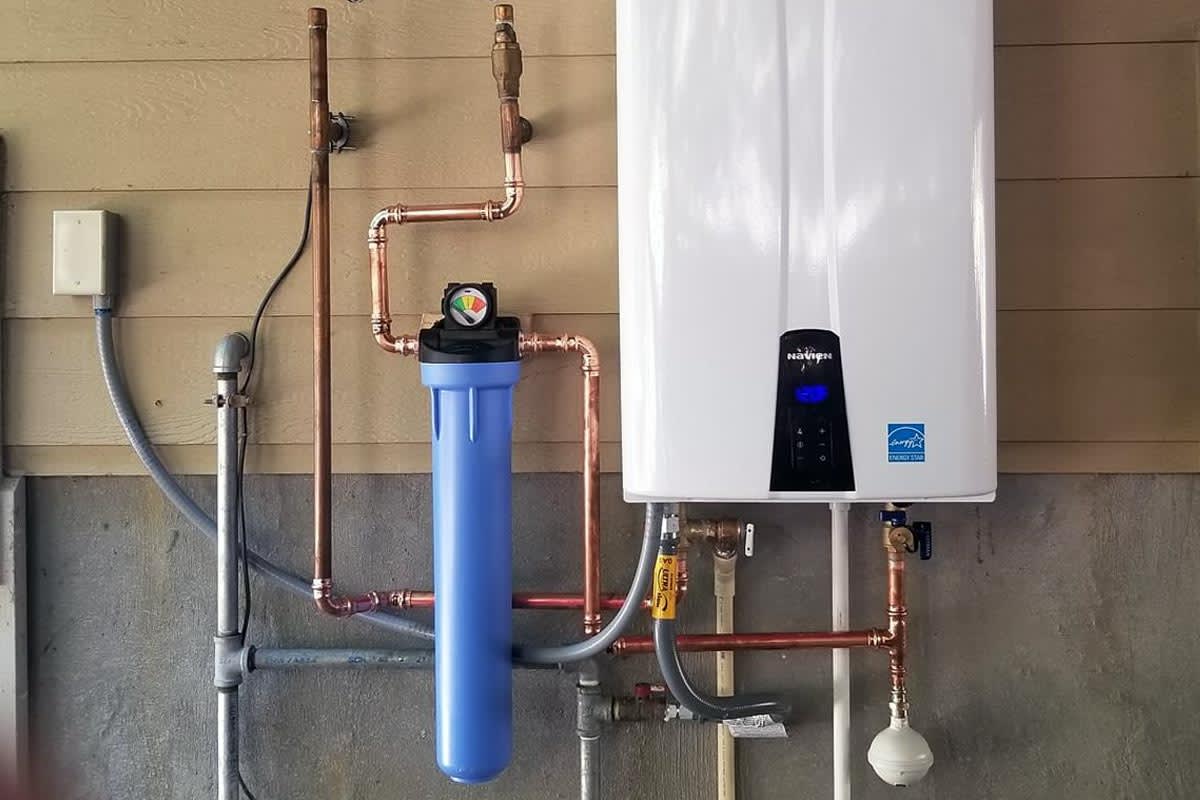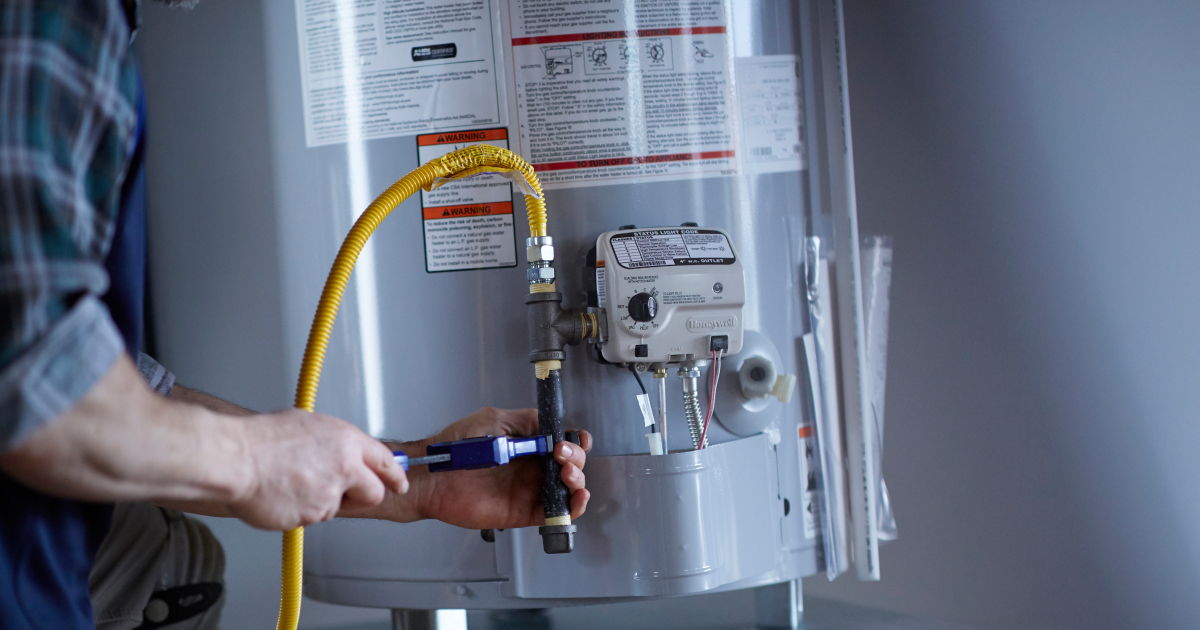Simple Ways to Maintain Your Home's Hot Water System ProperlyImportant Care Techniques for Your Home's Hot Water System
Simple Ways to Maintain Your Home's Hot Water System ProperlyImportant Care Techniques for Your Home's Hot Water System
Blog Article
Do you find yourself trying to locate insight around Tips For Maintaining Your Hot Water Heater?

Warm water is necessary for day-to-day comfort, whether it's for a revitalizing shower or cleaning dishes. To ensure your warm water system runs efficiently and lasts longer, normal maintenance is crucial. This short article gives functional pointers and insights on exactly how to maintain your home's warm water system to avoid disturbances and expensive repair services.
Introduction
Preserving your home's hot water system might appear overwhelming, but with a couple of simple actions, you can ensure it operates efficiently for many years ahead. This overview covers everything from comprehending your warm water system to DIY upkeep suggestions and understanding when to contact specialist aid.
Importance of Preserving Your Warm Water System
Normal upkeep not only extends the lifespan of your hot water system but likewise guarantees it operates efficiently. Neglecting maintenance can result in reduced effectiveness, greater power costs, and also early failure of the system.
Signs Your Hot Water System Needs Maintenance
Understanding when your hot water system needs attention can protect against major problems. Keep an eye out for indicators such as irregular water temperature, odd sounds from the heating unit, or rustic water.
Recognizing Your Warm Water System
Prior to diving right into upkeep jobs, it's practical to understand the basic parts of your warm water system. Normally, this consists of the hot water heater itself, pipelines, anode poles, and temperature controls.
Regular Monthly Maintenance Tasks
Regular monthly checks can help catch small concerns prior to they rise.
Purging the Hot Water Heater
Purging your water heater removes sediment build-up, boosting performance and extending its life.
Checking and Replacing Anode Rods
Anode rods prevent deterioration inside the container. Checking and replacing them when worn out is vital.
Inspecting and Changing Temperature Settings
Readjusting the temperature level settings guarantees optimal efficiency and safety and security.
Do It Yourself Tips for Maintenance
You can perform numerous upkeep tasks yourself to maintain your hot water system in leading problem.
Checking for Leakages
On a regular basis examine pipelines and links for leaks, as these can lead to water damages and higher bills.
Examining Stress Relief Valves
Examining the stress relief valve guarantees it works appropriately and avoids extreme pressure build-up.
Protecting Pipes
Shielding warm water pipes lowers warm loss and can save power.
When to Call a Professional
While do it yourself maintenance is beneficial, some concerns call for expert proficiency.
Complicated Concerns Requiring Specialist Assistance
Instances include significant leaks, electric issues, or if your hot water heater is constantly underperforming.
Routine Expert Maintenance Perks
Professional maintenance can consist of thorough inspections, tune-ups, and making sure conformity with security criteria.
Final thought
Normal maintenance of your home's warm water system is essential for effectiveness, long life, and cost financial savings. By adhering to these tips and understanding when to seek specialist help, you can make certain a dependable supply of hot water without unexpected disturbances.
Water Heater Maintenance: The Basics
Maintaining your water heater will ensure it operates efficiently and has a longer lifespan. Neglecting regular maintenance can lead to costly repairs and an even bigger chunk of your savings if you have to replace it sooner than necessary. But there’s good news: Most water heater maintenance tasks are relatively simple and easy for homeowners with basic DIY skills.
Flush the Water Heater
Over time, sediment and minerals can build up in the tank, reducing its efficiency and potentially causing damage. To flush the tank, turn off the power or gas supply, attach a hose to the drain valve near the bottom and open the valve to drain the water until it runs clear. Ideally, flush the tank annually.
Replace the Anode Rod
The anode rod is a sacrificial metal rod that helps prevent corrosion inside the tank. Inspect and replace it every three to five years or per the manufacturer's recommendation. To replace the anode rod, turn off the power or gas supply, drain a few gallons of water from the tank, unscrew the old rod and replace it with a new one. If the anode rod is significantly corroded or covered in calcium buildup, it's a sign the water heater may need to be replaced soon.
Tune-Up
A yearly tune-up can help identify potential issues and ensure your water heater operates at peak efficiency. This typically involves checking the thermostat, burner assembly (for gas heaters) and any other components specified by the manufacturer. During a tune-up, the technician may also clean the burner and adjust the pilot light (for gas heaters) or examine the heating elements (for electric heaters).
How to Maintain Your Water Heater
Insulate the tank. Insulating the tank can improve energy efficiency and reduce heat loss, saving you money on energy bills. You can purchase precut insulation blankets designed specifically for water heaters or use standard fiberglass insulation wrapped securely around the tank. Check the temperature. The recommended water temperature for most households is around 120 degrees Fahrenheit (49 degrees Celsius). Higher temperatures can increase energy costs and potentially cause scalding. Use a kitchen thermometer to check the temperature at the faucet nearest the water heater. Monitor water pressure. Excessive water pressure can strain the water heater and cause leaks or even tank failure. Install a pressure-reducing valve if necessary. The ideal water pressure range is between 60 and 70 PSI (pounds per square inch). Test the temperature and pressure (T&P) relief valve. The T&P relief valve is a safety feature that releases pressure if the tank gets too hot or the pressure builds up too high. Test it annually by lifting the lever and allowing a small amount of water to release. Replace the valve if it doesn't release water or reseal properly. Check for leaks. Regularly inspect the tank, pipes and fittings for leaks or corrosion. Deal with issues promptly to prevent further damage. Even a small leak can lead to significant water damage over time. Consider a tankless water heater. If your traditional tank-style water heater is nearing the end of its lifespan ( typically 10 years), consider replacing it with a tankless water heater. These units heat water on demand, reducing standby energy losses and potentially saving you money on your energy bills. Schedule professional maintenance. While homeowners can perform many water heater maintenance tasks, it's still a good idea to schedule professional maintenance every few years. A plumber or HVAC technician can thoroughly inspect the unit, identify potential issues and ensure it operates safely and efficiently. https://www.homeserve.com/en-us/blog/home-improvement/hot-water-heater-maintanence/

I was shown that report about How to Maintain Your Water Heater & Prolong its Life from a pal on another domain. Appreciated our piece of writing? Please quickly share it. Help other people locate it. Thank you for being here. Please check up our blog back soon.
Try Here Report this page